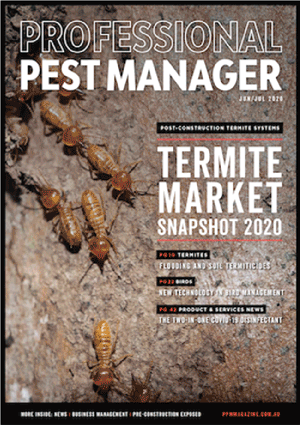Indian Myna (Acridotheres tristis) in New Zealand

Other common names
Common myna
Indian mynah
Invasive / native:
Invasive
Distribution:
Native to Asia, the Indian myna was introduced in the 1870s as a method of biological control of caterpillars and insect pests.
Given their preference for warmer climates, there are only really found north of 40 degrees South, which means they are common across most of the North Island.
Indian myna identification:
Brown body with white lower underside and a black head and upper neck, with a yellow eye patch. The beak and legs are bright yellow.
- Length: Up to 26 cm long
- Wingspan: Up to 14 cm
- Weight: up to 140 g
It is often confused with the native noisy miner, but really they look quite different. Learn about the differences between the Indian myna and the noisy miner.
Indian Myna Pest Status:
In rural areas, Indian mynas damage fruit crops. In urban areas the cause annoyance with their noise, and when nesting in residential buildings or animal houses they they can pass on diseases such as Salmonella and avian influenza.
They are an aggressive, territorial bird and so can impact native bird populations.
Typical nest location:
Indian mynas nest in enclosed spaces and will readily take over the nests of other birds. They will happily nest in roof voids.
Nesting season:
The breeding season runs from August through to March.
Bird pair for life and remain in the same area. The will lay up to 3 clutches a year, with 6 eggs in each clutch.
Food preferences:
Common mynas are omnivores, eating a wide range of foods, including insects, seeds, fruit and garbage.
Distinguishing features / behaviours:
Indian myna are a noisy bird with a wide range of vocal noises – growls, screeches and warbles.
They walk on the ground with occasional hops.
They are a communal bird and can roost in flocks of thousands. They are happy to form mixed flocks with other birds.
Prevention tips:
Preventing access to seed, grain and animal feed will make any location less attractive to Indian mynas.
Exclusion from areas by the installation of suitable bird products by a professional pest manager.
Birds nesting in roof voids should be removed wearing protective clothing and entry points blocked.
Other types of pest birds.

